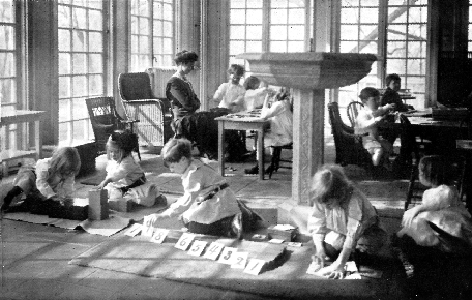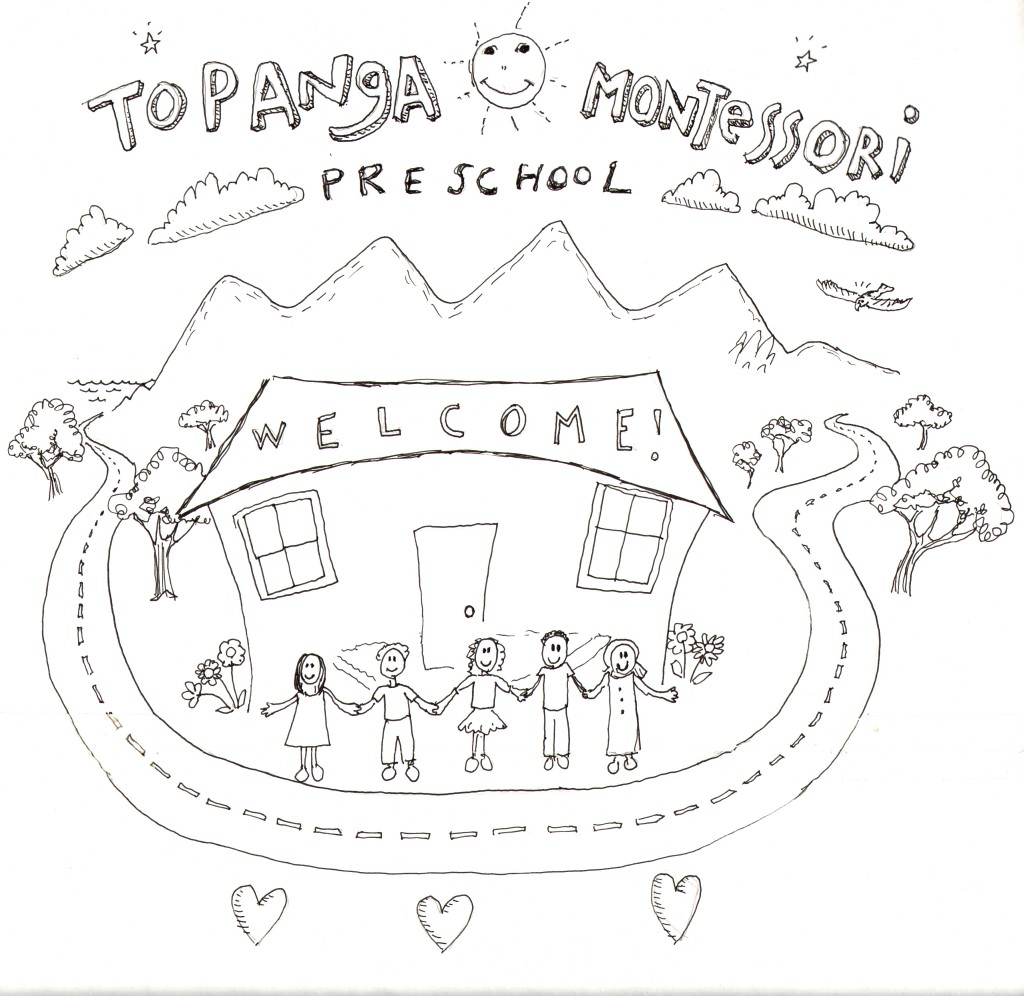The Montessori Method
Montessori is centered on establishing independence, self-esteem, and confidence while fostering learning at a child's own pace.
This self-paced education is accomplished by changing the role of adults in the classroom from teachers of a whole class into that of "guides," as they are often called, for the students as individuals. According to the American Montessori Society, guides have four principle goals, which encompass what the Montessori method hopes to achieve. The guide strives to :
- awaken your child's spirit and imagination
- to encourage his normal desire for independence and high sense of self-esteem
- help him develop the kindness, courtesy, and self-discipline that will allow him to become a full member of society
- help him learn how to observe, question, and explore ideas independently
The guide may introduce a lesson to the class as a whole, but will then focus on working with students in small groups as they investigate topics on their own in a carefully prepared classroom environment. This individualized attention means children with special needs - whether they are gifted or delayed - often do well in a Montessori environment.

This environment is another trademark of a Montessori program. With so much emphasis on individual and small-group exploration, the room itself is kept bright, warm, and inviting. It will often contain many learning centers that allow a child to focus on what they are most interested in, while being shown through gentle encouragement that they should not be afraid of trying new things either. These centers are filled with objects that cater to what preschoolers are most responsive to - highly tactile, very hands-on learning materials that teach through manipulation.
The sense that they are in charge of this environment also fosters feelings of responsibility and accountability in the children, another focus of the Montessori approach. Studies have shown that a feeling of ownership contributes to better care of belongings. Visitors to Montessori classrooms are often amazed to see children working together to clean up centers after they are done experimenting and learning in them, feeding the animals they are helping raise, even watering plants and tending to small gardens in some instances.
This in turn helps create a mentality of cooperation, instead of competition, among the children. To further this cooperative spirit, Montessori classrooms are divided into three-year sections, which allow children to get to know their teachers and one another better. Older children are encouraged to help the younger children in their explorations, teaching compassion and instilling the lesson that there is no shame in needing help in life all at once.
-Richard Jeter, Early Childhood Today
DOWNLOAD: Montessori for the Home (PDF)
